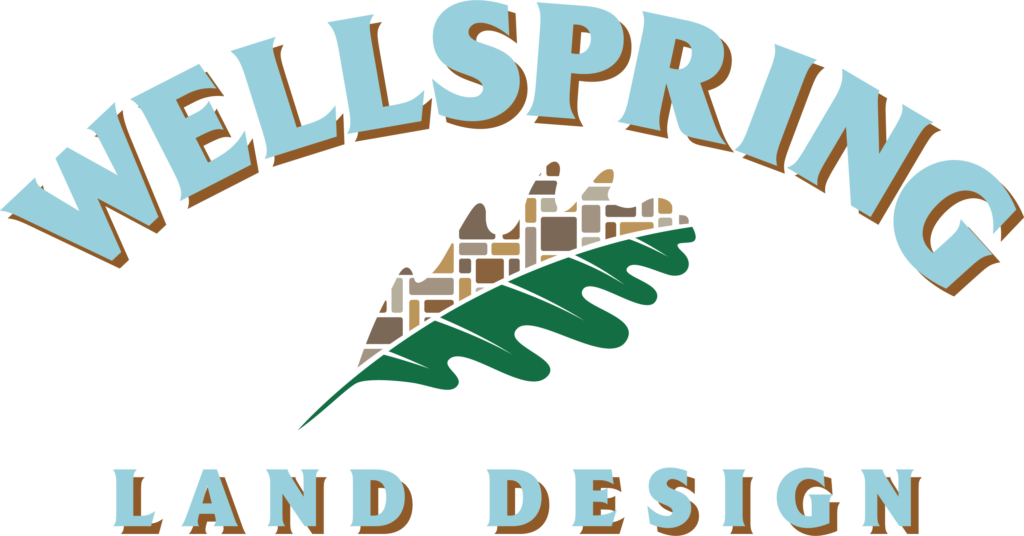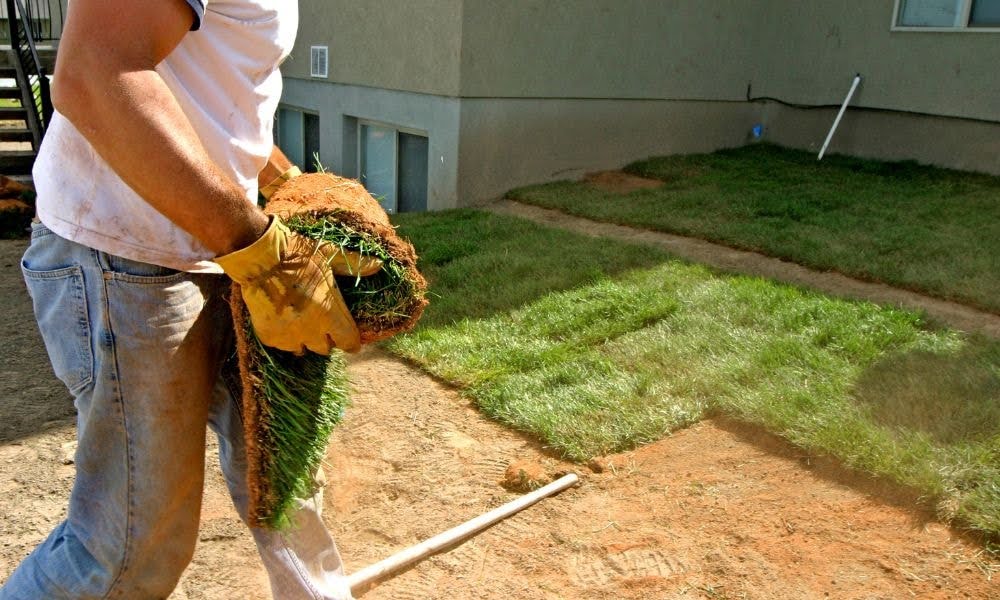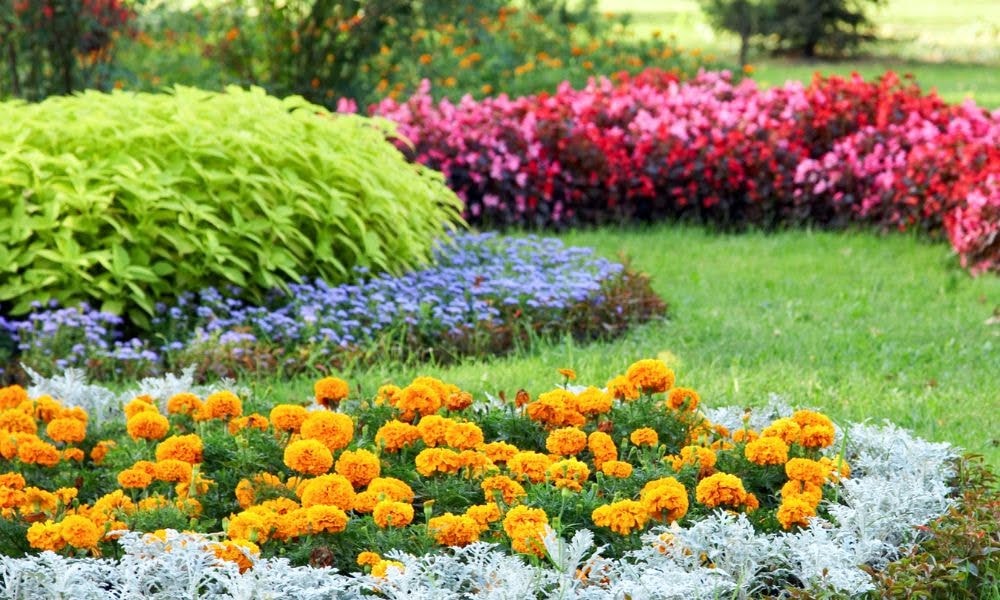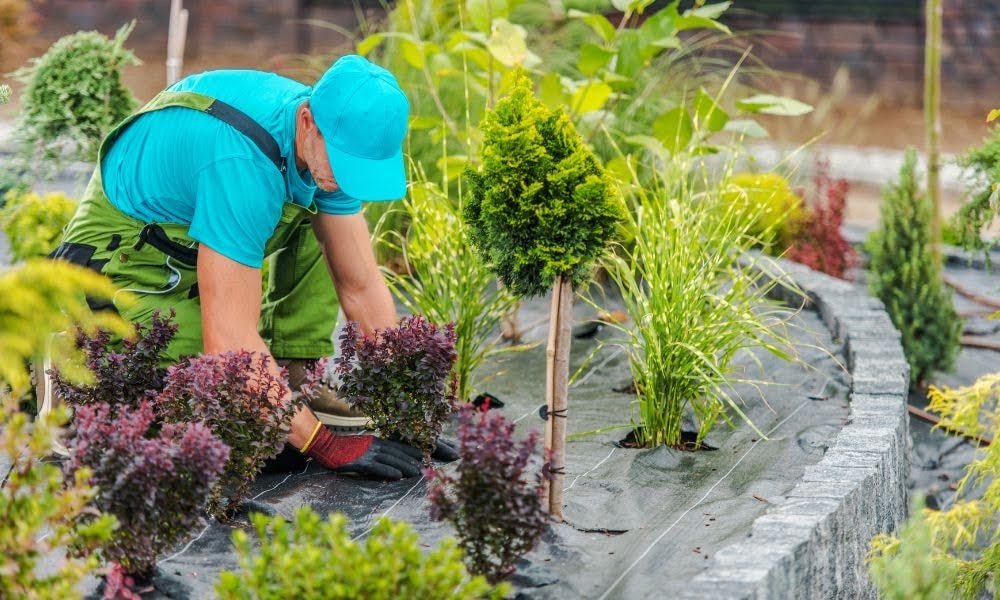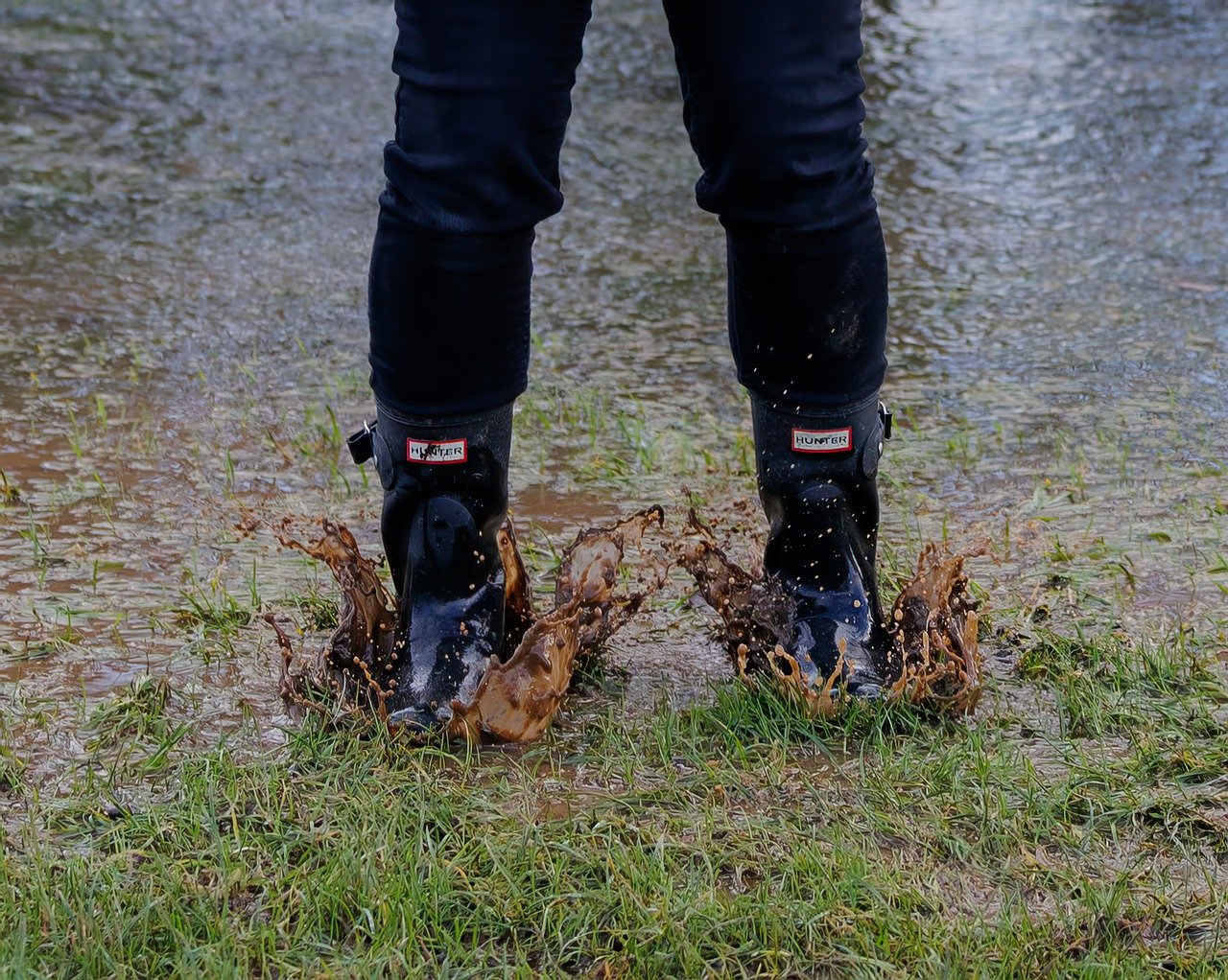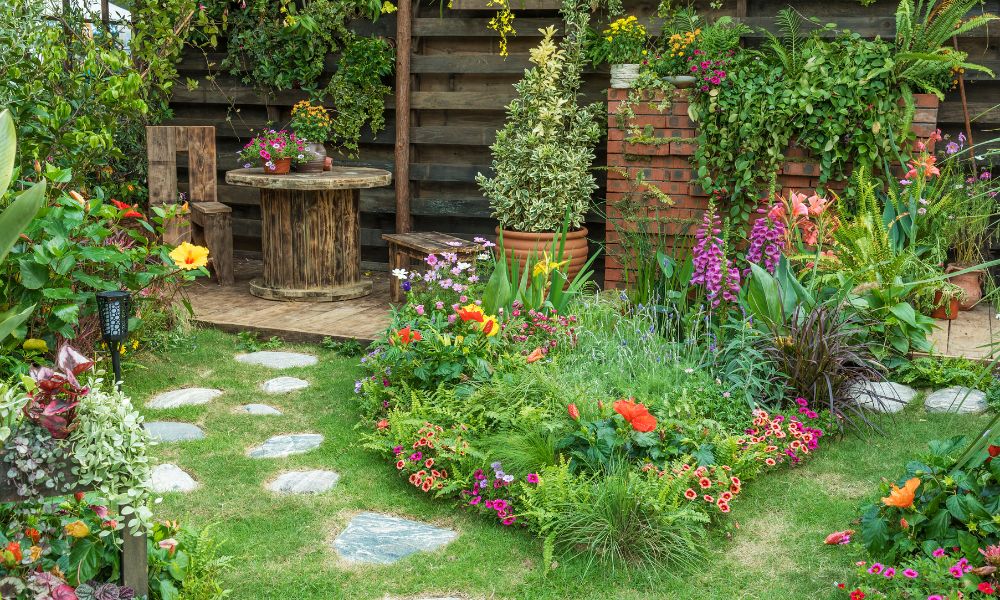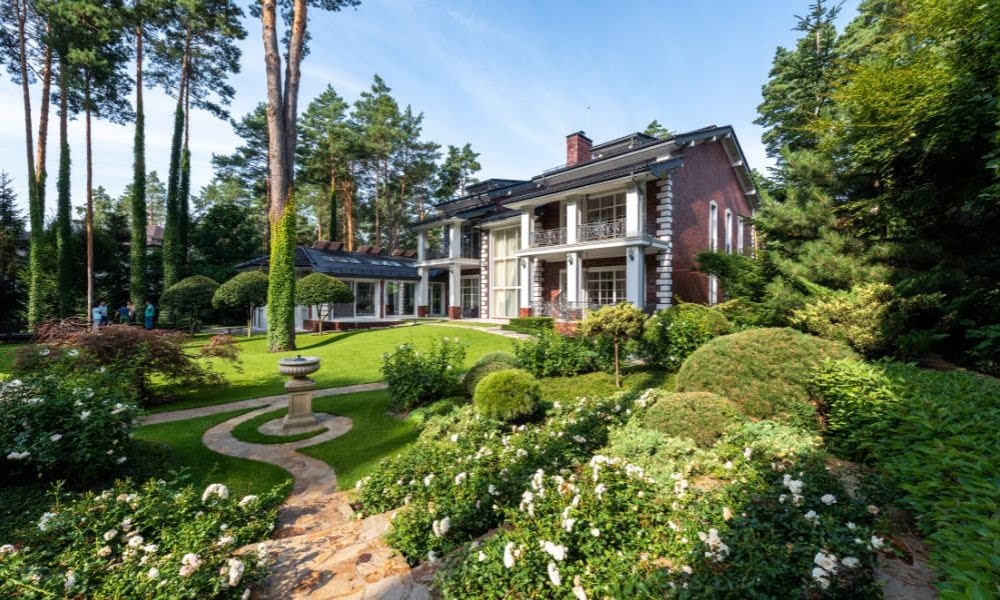When you think about transforming your landscape, why not consider a blend of beauty and practicality? Edible landscaping is a creative approach where plants like herbs, fruits, and vegetables are integrated into your outdoor spaces, adding visual appeal and providing fresh, homegrown food.
This method enhances your garden’s look and turns it into a functional space, offering the best of both worlds. It’s a great way to get more from your yard without sacrificing style.
You create a landscape that benefits you and the environment by choosing edible plants. These plants look good and contribute to soil health, attract pollinators, and even help reduce your grocery bills. The combination of aesthetic beauty and functional value makes edible landscaping an excellent choice, whether you’re working with a small garden or a more expansive yard.
Contact Wellspring for any Landscape Design Needs
Planning Your Edible Landscape
When planning any home improvement project, it’s important to understand the factors that can influence costs. Here’s a closer look at how you can balance aesthetics, space, and climate to create an edible landscape that thrives.
Design Principles for Edible Landscaping
Balancing form and function is key when creating an edible landscape. Whether you prefer a formal or informal design style, the goal is to harmonize beauty with utility. A formal design often involves structured planting beds and symmetrical layouts, while an informal style may embrace a more natural, free-flowing approach. The choice between these styles depends on your personal taste and how you want your edible garden to fit into your home’s overall landscape.
Assessing Your Space
When designing an edible garden, space is a critical factor. Small yards require creative use of vertical space or container gardening, whereas larger yards allow for more sprawling layouts. Besides space, consider soil quality, sunlight, and water availability, as these affect plant health and productivity. If your yard has uneven sunlight or poor drainage, you may need to select specific edible plants that thrive in those conditions to get the most out of your space.
Climate and Seasonal Factors
Understanding your local climate is crucial when creating an edible landscape. Identifying your climate zone will guide you in selecting plants that thrive in your area’s temperature and weather patterns. Seasonal planting strategies are equally important. For instance, choosing cool-season crops in spring and fall, while reserving warm-season plants for summer, ensures that your vegetable garden is productive year-round.
Choosing the Right Plants
Before planting, it’s helpful to know which types of plants will work best for your edible garden. Consider the following when choosing:
- Annuals like tomatoes and basil need to be replanted each year, while perennials like asparagus and rhubarb come back season after season, offering long-term benefits.
- Native plants are well-adapted to your local climate and require less maintenance. For example, incorporating native berries or herbs into your edible garden can add both beauty and sustainability.
- Edible plants that attract pollinators, such as lavender or borage, can enhance both the aesthetics and productivity of your landscape by supporting fruit tree pollination and improving yields of most edible plants.
Incorporating Edible Plants for Aesthetic Appeal
When it comes to designing an edible landscape, it’s essential to consider various elements that influence the overall structure and productivity of your garden.
Using Edible Plants as Groundcovers
Groundcovers are a great way to fill in bare spots in your landscape while also adding function. Creeping thyme and strawberries, for example, are both low-growing, hardy plants that not only cover the soil but also provide edible fruits or leaves.
These perennial plants help retain moisture, reduce weeds, and enhance the aesthetic appeal of your edible landscape design, making them an excellent choice for gardeners who want low-maintenance, edible groundcovers.
Integrating Edible Shrubs and Bushes
Shrubs and bushes can serve as both ornamental features and productive plants in your garden. Berry bushes like blueberries, raspberries, and gooseberries add vibrant colors and textures to your landscape while providing fresh fruit. Ornamental shrubs such as rosemary and lavender not only look beautiful but are also incredibly useful as herbs. These plant species offer dual benefits, making them a perfect addition to all the edible plants in your yard.
Edible Trees for Shade and Fruit
If you have space for trees, consider adding fruit and nut trees to your landscape. Apple, pear, and fig trees not only provide delicious fruits but also create natural shade, enhancing the comfort and beauty of your garden.
Nut trees like almonds and walnuts offer similar benefits, providing both food and structure in your edible landscape design. These trees, whether annual plants or perennials, are long-term investments that pay off with food and shade for years to come.
Climbing and Vertical Edible Plants
If you’re short on space, climbing plants are an ideal solution. Grapevines, kiwi, and passionfruit can be trained to grow vertically using trellises and fences, saving valuable ground space while still producing an abundance of fruit. Vertical growth not only maximizes small spaces but also adds visual interest to your edible garden, making it a dynamic part of your landscape.
Edible Flowers for Color and Pollination
Incorporating edible flowers like calendula, nasturtiums, and borage adds vibrant pops of color to your garden while also attracting pollinators. These flowers can be seamlessly blended with herbs and vegetables, enhancing both the look and the productivity of your garden. By including these in your edible landscape, you can create a diverse and sustainable environment that supports both beauty and functionality.
Functional Integration of Edible Plants
Edible hedges or borders serve both as garden dividers and food sources. Combining shrubs like lavender and rosemary with fruit bushes such as blueberries creates a functional, attractive boundary. Regular shaping ensures they look neat while offering ongoing harvests.
Companion Planting for Pest Control and Soil Health
Herbs, vegetables, and flowers can naturally repel pests—basil, marigolds, and garlic are great examples. Nitrogen-fixing plants like beans also improve soil health, reducing the need for chemical inputs and boosting overall garden productivity.
Multi-functional Plants in Edible Landscaping
Plants that serve multiple purposes, such as fruit trees with medicinal properties or herbs that enrich the soil, maximize the value of your garden. Plants like elderberries or comfrey contribute to both food and fertility, enhancing both productivity and sustainability.
Permaculture Principles in Edible Landscaping
Permaculture focuses on self-sustaining systems. By planting a variety of species that support each other, your garden requires less upkeep over time while increasing its efficiency. This approach works well in edible landscapes, helping you create a low-maintenance, productive garden.
Integrating Edible Plants into Raised Beds and Containers
For small spaces, raised beds and containers are efficient solutions. They allow you to control soil and water while growing a variety of edible plants like herbs, leafy greens, and strawberries. This method is ideal for maximizing space and yield.
Maintaining and Harvesting Edible Landscapes
Maintaining an edible landscape doesn’t have to be complicated. By selecting the right plants and applying efficient gardening practices, you can enjoy a productive garden with minimal effort.
Low-Maintenance Edible Plants for Beginners
For those just starting, consider easy-to-care-for plants like mint, chives, and kale. These plants are hardy, require little attention, and can thrive in various conditions. They’re perfect for beginners who want to maintain a productive garden without spending too much time on upkeep.
Self-Sustaining Varieties
Self-sustaining plants, such as perennial herbs and vegetables, can return year after year with minimal intervention. These varieties naturally replenish themselves, reducing the need for replanting and extensive maintenance.
Sustainable Watering and Irrigation Methods
Water conservation is key in any garden. Drip irrigation is an effective method for watering edible plants, delivering water directly to the roots while minimizing waste. Simple water conservation techniques, such as mulching or using rain barrels, can further enhance the sustainability of your edible landscape.
Organic Pest Management in Edible Gardens
Managing pests organically is vital for maintaining the health of your plants. Natural remedies like neem oil or homemade garlic sprays can combat common pests without harmful chemicals. Encouraging beneficial insects like ladybugs and bees can also help keep pest populations under control.
Harvesting Techniques for Different Edible Plants
Knowing when and how to harvest is essential for getting the most from your garden. Fruits, vegetables, and herbs should be harvested when they are ripe but before they become overripe. For example, tomatoes should be picked when they are fully colored, and herbs like basil are best harvested before flowering. Proper storage, such as drying herbs or refrigerating produce, ensures your homegrown food stays fresh for longer.
Final Touches for a Polished Edible Landscape
To give your edible landscape a polished and inviting look, consider incorporating garden décor like walkways, benches, and fountains. These elements not only enhance the visual appeal but also create functional spaces where you can enjoy your garden. Using natural materials like stone or wood helps maintain a cohesive and organic feel, blending seamlessly with the plants.
To keep your landscape looking fresh year-round, rotate plants with seasonal varieties to ensure continuous beauty. In winter, focus on maintaining structure with evergreen plants or edible shrubs that retain their shape and color, ensuring your garden remains attractive even in the colder months.
Making the Most of Your Edible Landscape for Beauty and Function
Creating an edible landscape is more than just planting food—it’s about transforming your space into a functional and beautiful garden that works for you year-round. Whether you’re a beginner or a seasoned gardener, start by choosing easy-to-care-for plants and focusing on sustainability to keep maintenance simple.
As you design and grow your garden, remember to balance beauty with practicality. Incorporate décor, think about seasonal changes, and ensure your plants are both useful and visually appealing. With the right approach, your edible landscape can provide fresh food, enhance your outdoor space, and bring you enjoyment every season.
